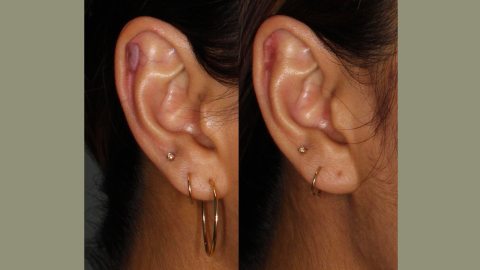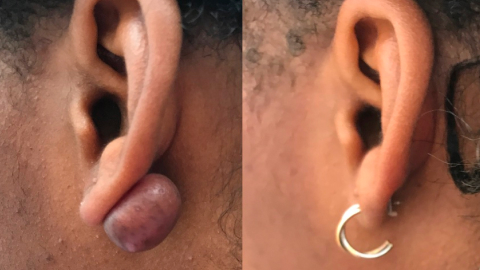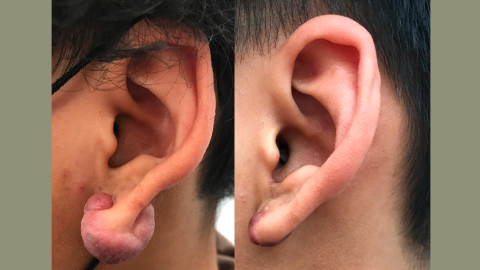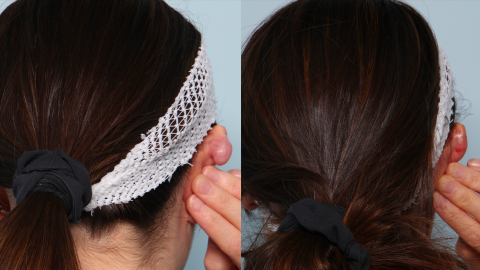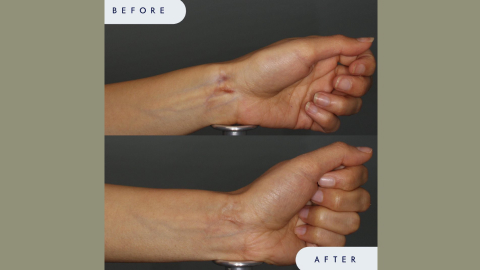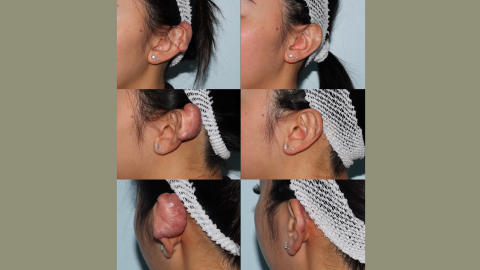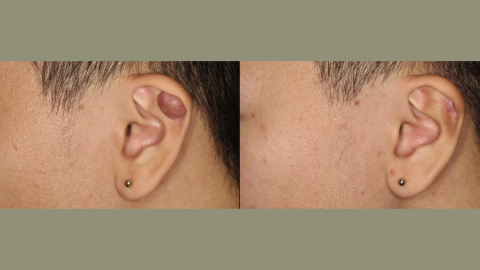Thick Scars and Keloids
What are hypertrophic scars and keloids?
Thickened scars represent a healing response that is in fact “too good” – our bodies have laid down too much collagen when repairing the area. With a hypertrophic scar, the scar is thick but remains at the site of injury. Keloids are thick scars that can grow beyond the boundary of the injury initial injury. Many injuries to the skin can result in abnormal scarring – from acne breakouts, to accidental injuries like a bike accident, to surgeries. Keloids, in particular, tend to occur in young people and are most common on the ears, shoulders, chest and waist – areas where the skin is under high tension. It is not uncommon for itch or pain to occur in scars.
What treatments are available for this condition?
Often the first line treatment for thick scars is scar injection. These injections are aimed at reducing the excess collagen within the scars, while also calming down the cells that are laying down too much collagen. Many different medications can injected to improve thick scars – cortisone (triamcinolone acetonide), chemotherapy agents (5-fluorouracil, bleomycin) and even neuromodulators like Botox.
In some circumstances, scar injection alone will not be enough. If the scar also has excess redness, scar injection may be paired with vascular laser treatment. If scar texture needs to be improved, laser resurfacing may be combined with scar injection. When a keloid is too big, surgical management or ablative laser treatment may be needed, and then followed further scar injections. Your consultation is the key to making a plan for your specific situation.

